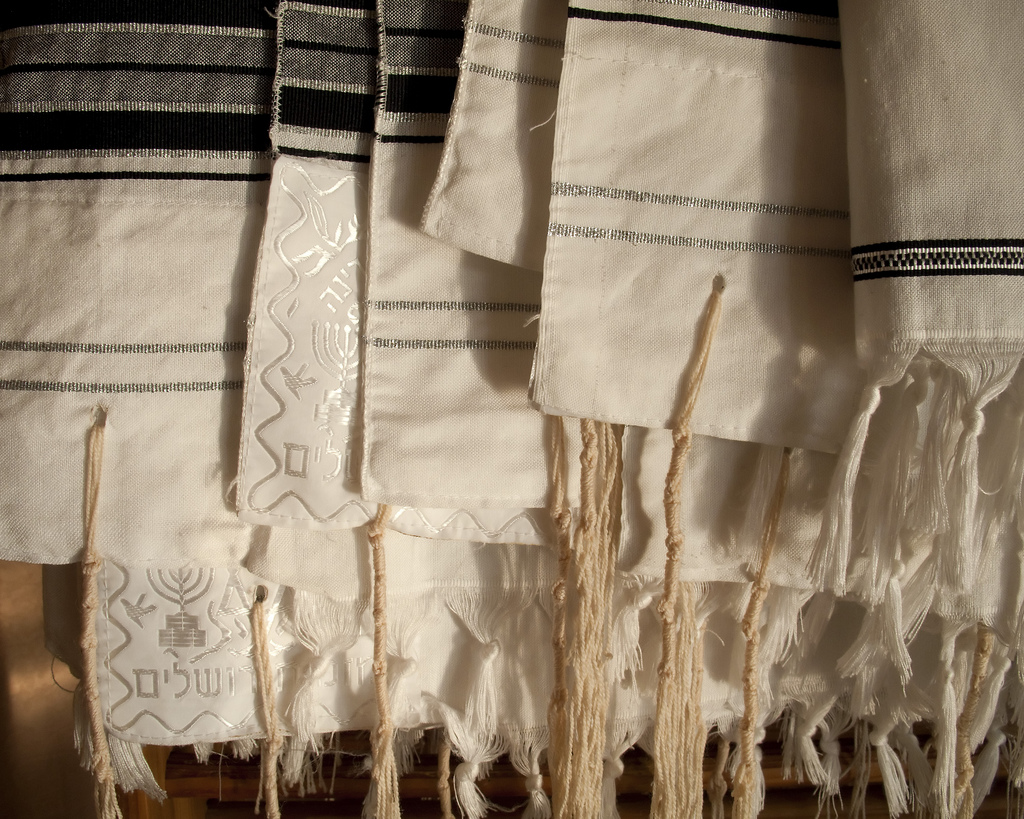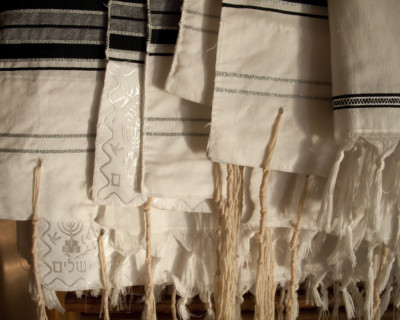Throughout my university experience, I sat in the middle of a seesaw – spirituality on one end and skeptical materialism on the other. As I took my classes, the weight of skepticism seemed to get lighter and lighter, and the seesaw slowly shifted closer towards spirituality. But no matter how much I read, I could never make the jump to making spirituality a practical element in my life – until recently.
Up until my senior year, most of my coursework for my humanities degree had to do with eastern religious traditions and more social scientific material dealing with the Abrahamic traditions. It was much easier to spiritually engage with the Bhagavad Gita than it was with articles on the religious demography of the thirteen colonies. It was not until halfway through my senior year, while in a seminar on Sufism, that I was given a chance to read some spiritual literature in an Abrahamic tradition, Islam.
It took another class experience for me to directly deal with Jewish mysticism. In a seminar on Apocalypticism, I looked through an academic lens at the reaction of the Lubavitch community to the death of Rebbe Menachem Mendel Schneerson in 1994. I was exposed to wisdom from Jewish mystical texts like the Tanya and the Zohar. After three years of reading material that spoke to something deeper in me than my intellect, I was primed to begin exploring spirituality in a practical way. Through my study of Hasidic philosophy during that last quarter of school and my subsequent reading and writing, I felt justified in implementing external elements of Jewish spirituality.
But where to start? I needed a central aspect of Judaism to begin with, which I could then build upon. The voice of a good friend, an ardent atheist, came to me. “Take it slow man,” he said. I’m 22, and I’ve spent just under four years studying religion. While I came out knowing a lot, I am still paralyzed by just how much I don’t know. I didn’t want to take on too much too quickly.
However, over the past several weeks, I’ve started doing something – which I consider not only the bare minimum of observance and a good way to begin making my Judaism practical, but also a potent way to affect the way I think about the world and my approach to my day.
On the table at the Yom Kippur service, the local Chabad rabbi placed booklets entitled something like, “What’s the Scoop in the Synagogue?” Written simply and accompanied by colorful cartoons, they explained the meaning behind numerous aspects of the Day of Atonement. One of the pages stuck out to me, helping to solidify the practice I have started. The page discussed the Shema, which the booklet characterized as the “heartbeat” of Judaism.
“You can’t take the Shema out of a Jew,” the page declared. I had recited the Shema countless times growing up, never fully understanding the profundity of its claim. “Shema, Yisrael, Hashem Elokeinu, Hashem Echad. Hear, o Israel, God is Lord, God is One.” In Hebrew school services, I couldn’t have even begun to consider what it meant. In fact, it took my study of the Islamic doctrine of tawhid (unity) to understand philosophically what it meant to claim that God is One.
I’m very young and inexperienced. But the short gesture I now make twice a day is the most I have engaged with my Judaism in four years, thanks to my academic experience and the few times I’ve been to Chabad. I used to think that complete assimilation was never really a threat to world Jewry. Our culture is pretty solid. But I always thought that as the generations went on, most of us Jews would ultimately end up not only publicly secular, but privately as well. Perhaps I was mistaken. Perhaps there is room for our most traditional elements in our modern lives yet.
Josh Daniels studied religion at Western Washington University.

![| By harmishhk [CC BY 2.0], via Creative Commons](https://newvoices.org/wp-content/uploads/2016/10/Seesaw-400x265.jpg)

